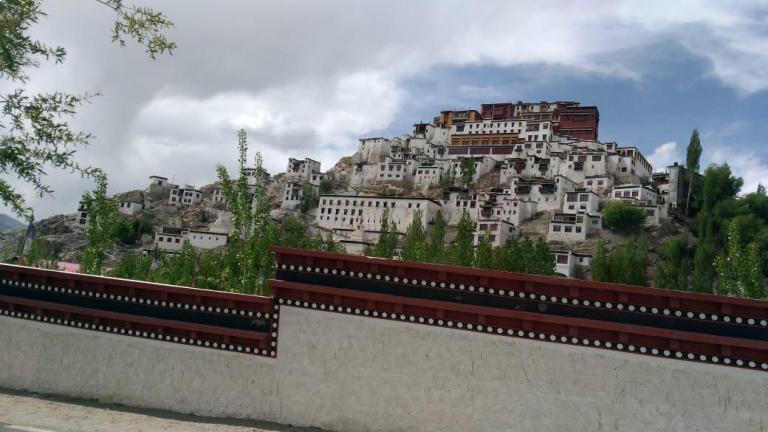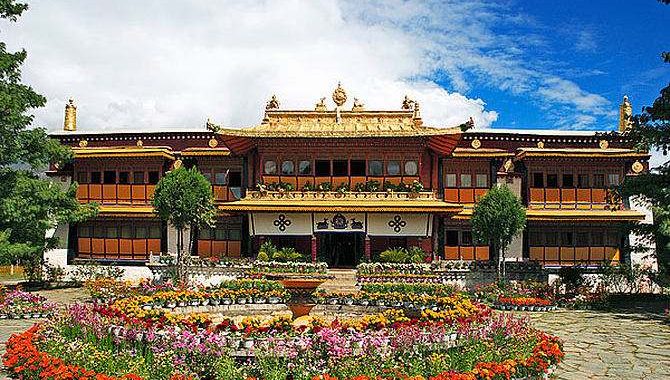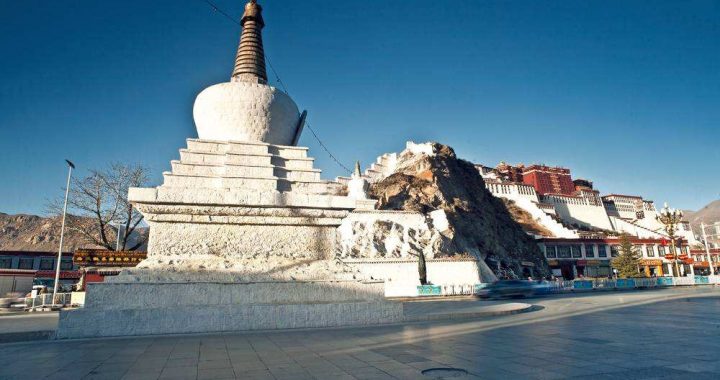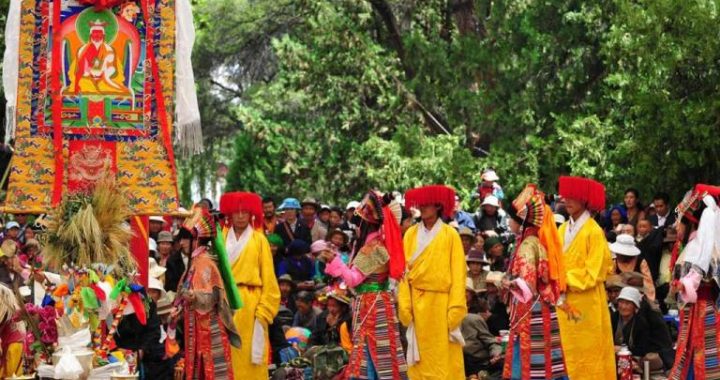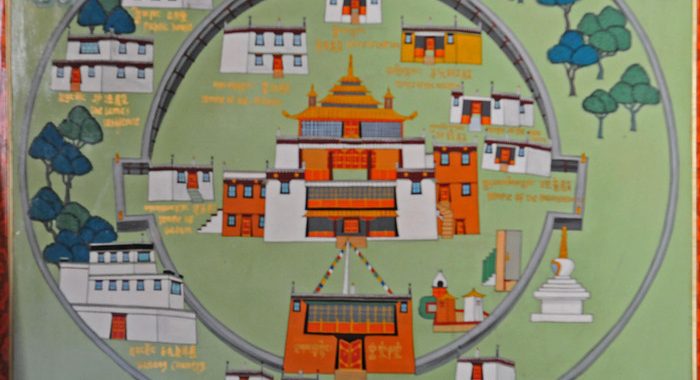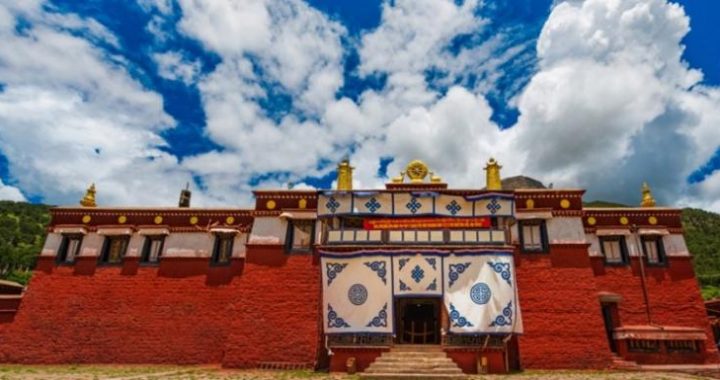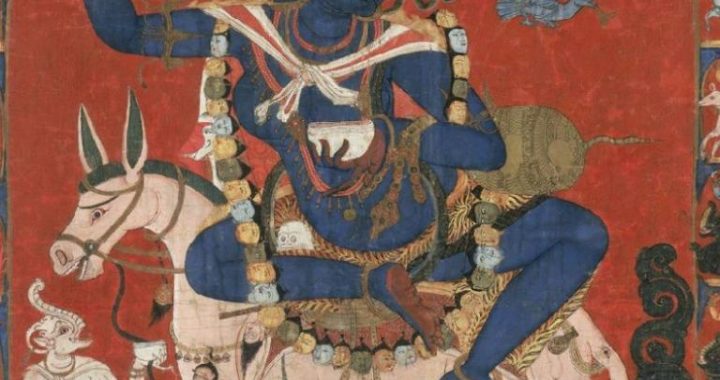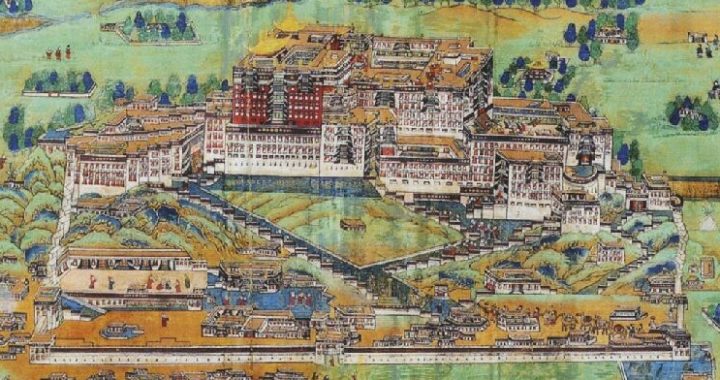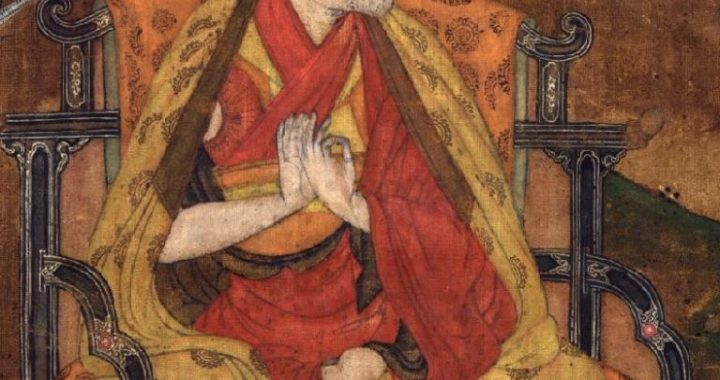The Sakya Monastery with a Mystic Veil: Kokya Monastery
3 min readBacking against mountains, Kokya Monastery was built by the Peacock Riverside at Kokya Village of Korkya Township, Purang County, Ngari Prefecture. This monastery facing the south presents an impressive sight with many sutra halls, monks’ living quarters and funerary stupas. According to A General Record of Tubo Kings, Kokya Monastery was built in the beginning of the twelfth century by Khor,a descendant of the Tubo King. As Kokya Monastery is near the Peacock River, the annual flood of the river is liable to endanger the monastery. In the reign of Guge King Chitsa Shitsa Palde, there occurred a severe flood which endangered all the monks in the monastery. Thereupon the King personally came to Kokya Monastery to convene the monks to build a dam so as to avert a disaster, thus opening up the history of dambuilding of ole Guge regime. In the beginning Kokya Monastery followed the doctrines of Kadam sect, then the Drigung Kagyu, and eventually the doctrines of Sakya sect till now.
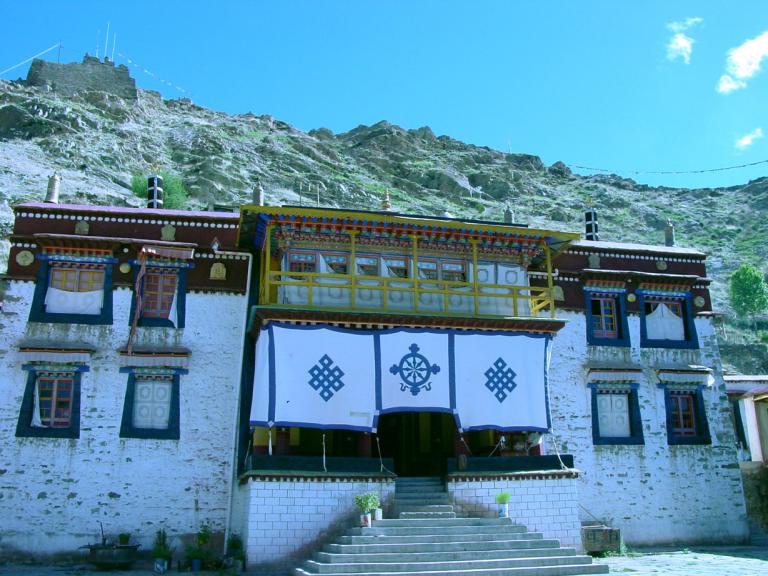
TThere are many beautiful legends about the renovation of Kokya Monastery suchas those about the grand ceremonies for the renovation of grand sutra hall and Man jushri’s throne which unexceptionally mystified to Kokya Monastery. Besides Guge people, tribesmen of Lhadakar, Kurlu, Gaxag came here to pray for peace, happiness, longevity and insurance against all unpleasant occurrences.
When Phuden Gyungo, the tribe head of Norbomentang and his wife were burning with anxiety for a son to inherit his throne, they come to The deity triad of the monastery to pray for being blessed with a son. Afterwards, the queen gave birth to triplets. The delighted Phuden Gyungo offered Kokya Monastery the deity triad with silver light holders in large, medium and small sizes which are still kept up to now and have proved to beeye-openers to all visitors. At the same time many celebrated monks also came here to pray to the deity triad and participated in the rituals of praying for blessings; they also financed the renovation of Manjushri statue and the grant sutra hall which once were damaged by the Mongolian troops, in addition, they offered the ritual implements inlaid with jewelry and gems as well as epistles.
The main structure of Kokya Monastery is the 100-pillar hall. Along the four sides of its first floor are minor Buddhist Chapels with Buddhist chapel of the Ten Directions in the south; in the southwest is displayed Gangyur translated by Early Period of Buddhism; in the west is Maitreya Hall; in the northwest is Protector Chapel, in the north is Hall for Seven Buddhas enshrining the statues of Vipasyin, Shikhin, Vishvabhu, Krakuchchanda and Kashyapa and Sakyamuni. In the east of the second floor is the six-pillar Gangyur Hall housing the pure gold Tara statue and Gangyur; on the right is Tanjur Hall enshrining the bronze statue of Sakyamuni an Tanjur. In the reign of Guge King Drashi Sonam,a number of Buddhist masters were invited from Tibet and the complete works of Gangyur and Tanjur were printed and kept in this monastery. In recent years, with the intensifying reform and opening-up policy pursued in Pulan County, more and more pilgrims come from India and Nepalrendering this monastery into a significant joint for the culturalcommunications between people in Tibet and people from India and Nepal.
